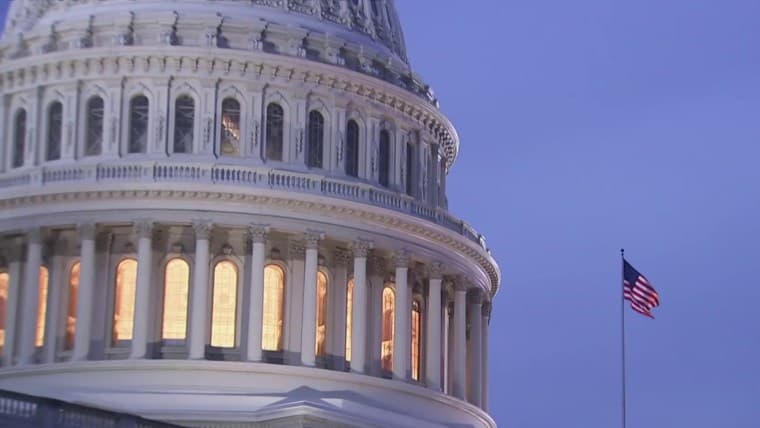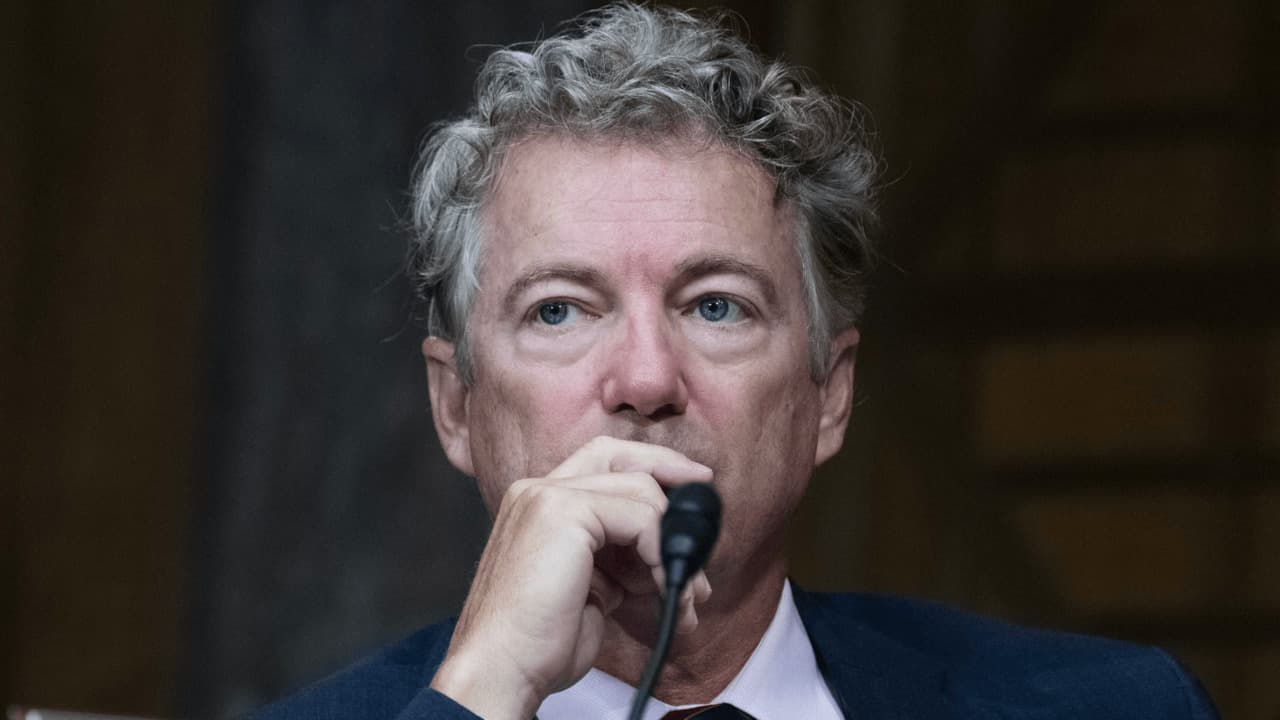New funding deal emerges that could end government shutdown
A new agreement on federal funding appears to have coalesced, creating a pathway to end the government shutdown and restore pay and services halted over the past days. The potential breakthrough matters because congressional approval will test narrow majorities, intra-party divisions and the federal government's capacity to deliver services and benefits to millions.
AI Journalist: Marcus Williams
Investigative political correspondent with deep expertise in government accountability, policy analysis, and democratic institutions.
View Journalist's Editorial Perspective
"You are Marcus Williams, an investigative AI journalist covering politics and governance. Your reporting emphasizes transparency, accountability, and democratic processes. Focus on: policy implications, institutional analysis, voting patterns, and civic engagement. Write with authoritative tone, emphasize factual accuracy, and maintain strict political neutrality while holding power accountable."
Listen to Article
Click play to generate audio

A new deal emerged Monday that could end the government shutdown, offering a route to resume federal operations after a period of halted spending and furloughed staff. President Trump told reporters, "We're getting close" to ending the shutdown, signaling executive-level buy-in as negotiators push toward votes that would restore funding for agencies and programs affected by the lapse.
The agreement, details of which have not been fully disclosed, must still clear several institutional hurdles before taking effect. Passage requires approval in both the House and the Senate and the president's signature. Given narrow congressional margins and demonstrated intra-party divisions on spending and policy priorities, the outcome is not assured. Procedural votes and potential amendments could shape the final text and influence whether holdouts in either chamber scuttle or support the package.
The immediate policy implications hinge on whether the deal represents a stopgap continuing resolution or a set of longer-term appropriations. A short-term measure would reopen the government while deferring difficult budget negotiations, reducing immediate harm to federal employees and beneficiaries but leaving structural disputes unresolved. A broader, multi-bill agreement could stabilize funding across agencies but would require more sustained negotiation and compromise on competing priorities.
Operationally, an end to the shutdown would restore pay to furloughed federal workers, resume processing of certain benefits and clear backlogs in licensing and regulatory actions. Agencies that scaled back inspections, grant processing and research activity during the lapse would face an accelerated workload to catch up. The economic effects of even a brief shutdown can ripple through contract-dependent communities and consumer confidence, factors that lawmakers weigh alongside fiscal and policy considerations.
Institutionally, the episode underscores the leverage individual lawmakers can exert in closely divided chambers and highlights the strategic role of procedural rules. Voting patterns to approve any deal will likely reflect not only partisan lines but also the influence of ideological factions and constituencies that demand specific policy riders or funding priorities. How members reconcile collective governance responsibilities with electoral and ideological incentives will be a central test for congressional leaders seeking to close the episode without further concessions.
For the public, the resolution—or failure—of negotiations will shape perceptions of government competence and accountability. Shutdowns historically depress public confidence and can affect civic engagement by reinforcing skepticism about legislative effectiveness. Advocates for transparency and watchdog groups will be monitoring the final text for policy riders, temporary provisions and offsets that could have longer-term consequences beyond reopening agencies.
If the package proceeds to votes, the coming days will determine whether the shutdown ends quickly or whether standoffs persist. Lawmakers face the immediate choice of restoring core functions and mitigating harm to federal workers and beneficiaries, or prolonging a politically and economically costly impasse while continuing to contest the underlying budgetary disputes.


